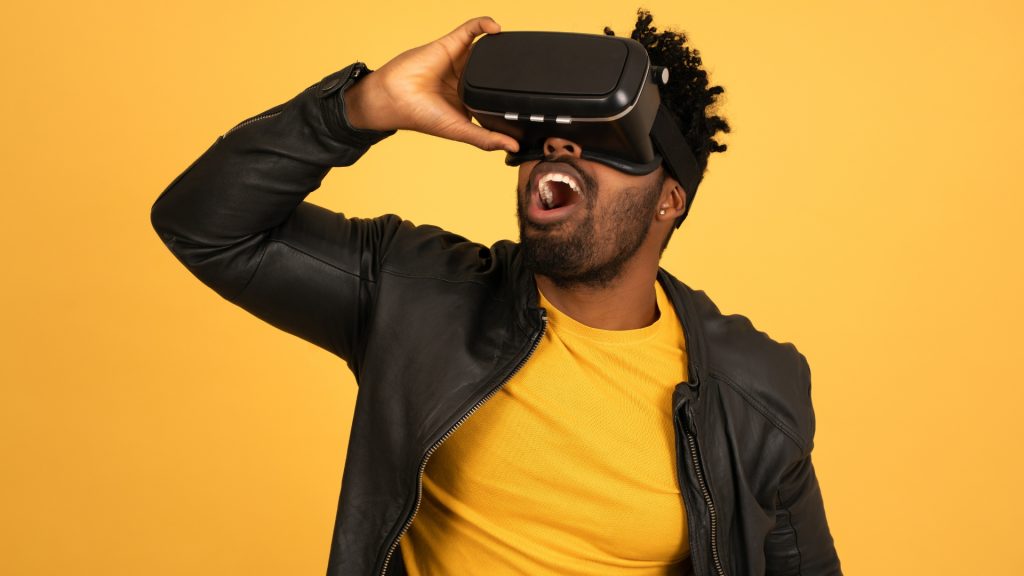We’re in an era where digital media’s growth has reshaped every facet of our existence. As it takes a central role in our daily lives, the world of esports and gaming, along with the dynamic potential of in-game advertising, emerges as a captivating force that truly stands apart.
Known for its explosive growth and unparalleled engagement opportunities, gaming has emerged not just as a segment of digital media, but as a reigning champion. By setting new standards in how we interact, connect, and experience the virtual realm.
Recent industry analysis forecasts significant growth in the social gaming market, with an expected CAGR of 16.01%. Resulting in reaching nearly US$76.8 billion by 2029. This surge is propelled by smartphone advancements tailored for mobile gaming apps.
We’ve observed firsthand the transformative power of gaming as a marketing tool, especially when it comes to captivating the elusive Gen Z audience. This digitally adept generation, known for its skepticism towards traditional advertising, has embraced the interactive and immersive realms of esports and in-game advertising. In doing so, this generation has provided brands with new opportunities to engage them in captivating and compelling ways.
Esports: The New Arena for Engagement
Esports has surpassed being a mere form of entertainment. It is now a cultural phenomenon that commands the attention of millions worldwide, predominantly among Gen Z. These digital arenas are where in-game advertising can truly shine.
The remarkable potential of esports as a marketing domain is evident from its soaring market value, which exceeded $3.96 billion in 2023. Additionally, it is projected to reach $5.43 billion by 2027, showcasing the immense profitability and growth prospects in this sector for brands.
If that’s not impressive enough, it is projected that by the end of 2025 and 2027, the number of e-sports players will increase by 650 million and 720.8 million respectively around the world.
By sponsoring tournaments or integrating engaging ads into the live streaming of these events, brands can engage with young audiences in a space they feel passionate about. It’s about being part of their world, their community, and speaking their language.
The Magic of In-Game Advertising
In-game advertising is not just a tool; it’s an art. It involves placing ads within the game environment in a way that feels seamless and unobtrusive. Whether it’s billboards in a racing game or branded items in a popular mobile game, these ads capture the attention of players in a way that feels natural and part of their gaming experience.
For Gen Z, a more subtle approach is significantly more effective and engaging due to their demographic being known for their adeptness at ignoring traditional ads. A recent Statista report underscores this characteristic. They are projecting a substantial increase in the in-game advertising market, with expected revenues reaching US$109.60 billion by 2024. This highlights the lucrative opportunity for companies that invest both capital and creativity in crafting organic ads.
But how do you know your ads will resonate with this audience?
Understanding Gen Z Gamers
To truly resonate with Gen Z through in-game advertising, it’s crucial to understand their gaming habits and preferences. This demographic values authenticity and creativity. Meaning, they can easily spot when a brand doesn’t genuinely align with their gaming experience.
Our approach involves deep research and understanding of gaming cultures. This ensures that our in-game ads are not just seen but also appreciated and remembered.
To truly understand the Gen Z audience within the gaming sphere, it’s essential to go beyond surface-level observations. Consider doing the following:
- Engage actively in gaming communities, forums, and social platforms where Gen Z gamers congregate.
- Partner with gaming influencers who have a significant following within the Gen Z demographic.
- Stay abreast of gaming trends and preferences by analyzing the games, genres, and platforms that resonate most with Gen Z.
- Directly engage with the audience through surveys and feedback sessions.

Leveraging Technology for Immersive Experiences
Advancements in gaming technology, like VR, offer new frontiers for in-game advertising. These technologies allow for more immersive and interactive ad experiences, captivating Gen Z gamers in ways that traditional ads never could.
Envision a virtual reality (VR) experience where players don’t just see your product, but interact with it in an environment that’s both engaging and unforgettable. This is the core of innovative in-game advertising aimed at Gen Z.
For example, if you’re promoting a new line of sports gear, imagine a VR basketball game where players can wear and experience the agility and comfort of your products in a high-stakes tournament setting. Or, if your focus is on tech products, create a VR adventure where the player uses your latest device to solve puzzles or navigate challenges.
The key is to seamlessly integrate your product or service into the gaming experience in a way that feels organic and enhances the gameplay. This approach not only showcases your product in action but also forms positive, memorable associations with your brand in the minds of Gen Z gamers.
The Power of Personalization in Gaming
Personalization is key in in-game advertising. Tailoring ads to the interests and behaviors of players increases relevance and impact. By utilizing data analytics and AI, we can create personalized gaming experiences that resonate deeply with individual players. Resulting in each interaction meaningful and impactful.
When taking this approach, consider doing the following:
- Develop games or in-game segments where players can engage with your products/services based on their interests and personalities.
- Use AI and data analytics to analyze player behavior and preferences, then craft dynamic in-game ads tailored to these insights.
- Offer in-game rewards or special offers based on a user’s gaming habits and preferences.
Building Long-Term Relationships Through Gaming
The goal of in-game advertising isn’t just to sell; it’s to build relationships. By integrating brands into the gaming experience in thoughtful, creative ways, we can forge long-term connections with Gen Z. It’s about being part of their gaming journey, contributing to their experiences, and establishing trust over time.
As we continue to explore and innovate within the media space, our focus remains steadfast on delivering authentic, engaging, and memorable experiences to Gen Z. This includes esports and in-game advertising, as gaming is integral to Gen Z’s culture, and offers a unique avenue for profound connection. Reach out today to learn how we can innovate in the gaming space together.
